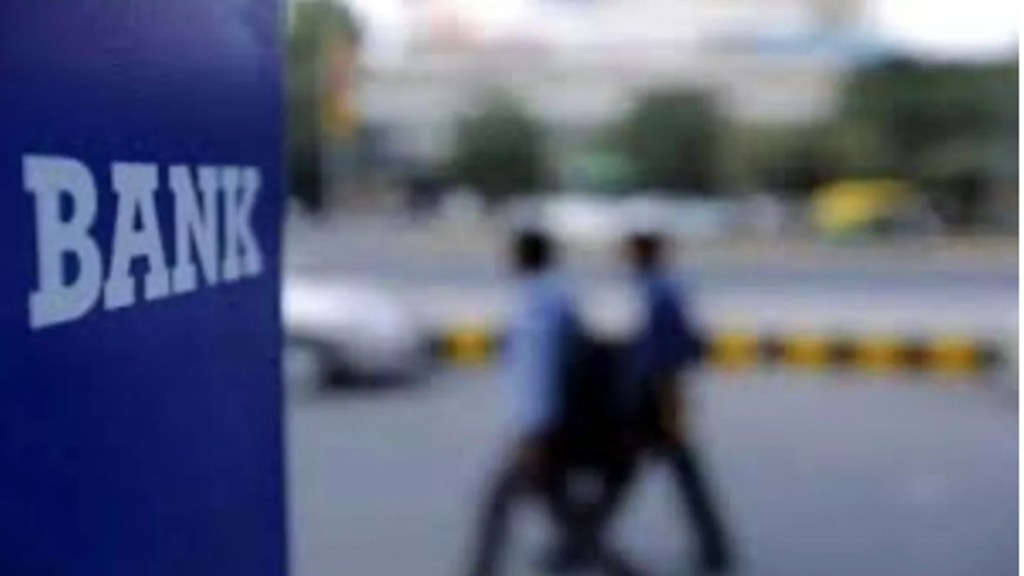Recognising that climate change is one of the most critical challenges in the present era, the Reserve Bank of India (RBI) on April 11 issued a framework for banks to accept and promote green deposits. Piyush Shukla takes a look at what this entails and how the progress under the framework will be reviewed, among other things
The green deposit framework
A green deposit is an interest-bearing instrument received by banks for a fixed period, the proceeds of which are earmarked for green-financing, such as funding of renewable energy projects.
Per the RBI framework, banks will offer the deposits as cumulative/ non-cumulative deposits. On maturity, the green deposits would be renewed or withdrawn at the choice of the depositor. The green deposits shall be denominated in rupees only. Banks and NBFCs shall put in place a comprehensive board-approved policy on green deposits, laying down all aspects in detail for the issuance and allocation of green deposits and a copy of the policy on ‘green deposits’ shall also be made available on their websites.
Who can accept green deposits?
Some banks are already accepting green deposits and the framework is intended to formalise the instrument. Housing Development Finance Corp (HDFC), IndusInd Bank, Federal Bank and DBS Bank offer such deposits. For less than Rs 2 crore amount of deposits, Federal Bank has a green deposit scheme of 2,222 days where it offers up to 6.6% interest, as per its website. DBS Bank India, meanwhile, announced the launch of its green deposit programme for corporate clients last year.
The framework applies to all scheduled commercial banks and small finance banks (except for regional rural banks and local area banks) and non-banking finance companies (including housing finance companies). Both corporate and individual customers can invest in green deposits.
Green versus fixed deposits
While banks offer nearly similar interest rates on both green deposits and fixed deposit schemes, the end-use of the funds is different. While a bank may use capital raised via fixed deposit to lend or invest in even carbon-heavy sectors, they cannot use proceeds from green deposits for non-environment friendly projects. New or existing extraction, production and distribution of fossil fuels, nuclear power, waste incineration, alcohol, weapons, tobacco, gaming, landfills, and palm oil industries will be excluded from green deposit funding .
The proceeds from green deposits can be used to fund projects in 9 sectors — renewable energy, energy efficiency, clean transportation, climate-change adaptation, sustainable water and waste management, pollution prevention and control, green buildings, management of living natural resources, and biodiverity conservation.
Also read: Zerodha teams up with smallcase for mutual fund biz
The review of the deployment of green deposit proceeds
The allocation of funds raised through green deposits during a financial year shall be subject to an independent Third-Party Verification (TPV) on an annual basis. The TPV must ascertain, at the very minimum, that the proceeds were used in accordance with the provisions on eligible green activities/projects, and cover policies, including project evaluation and selection, management of proceeds, and validation of the sustainability information provided by the borrower to the banks and reporting and disclosures.
The lenders have also been tasked with impact assessment. With the assistance of external firms, they must “annually assess the impact associated with the funds lent for or invested in green finance activities/projects … In case (they) are unable to quantify the impact of their lending/investment, they shall disclose, at the minimum, the reasons, the difficulties encountered, and the time-bound future plans to address the same.”
Further, a review report shall be placed by the lenders before their Boards within three months of the end of the financial year, covering amount raised under green deposits in the previous fiscal, list of green activities,details of projects to which proceeds have been allocated, among others.
